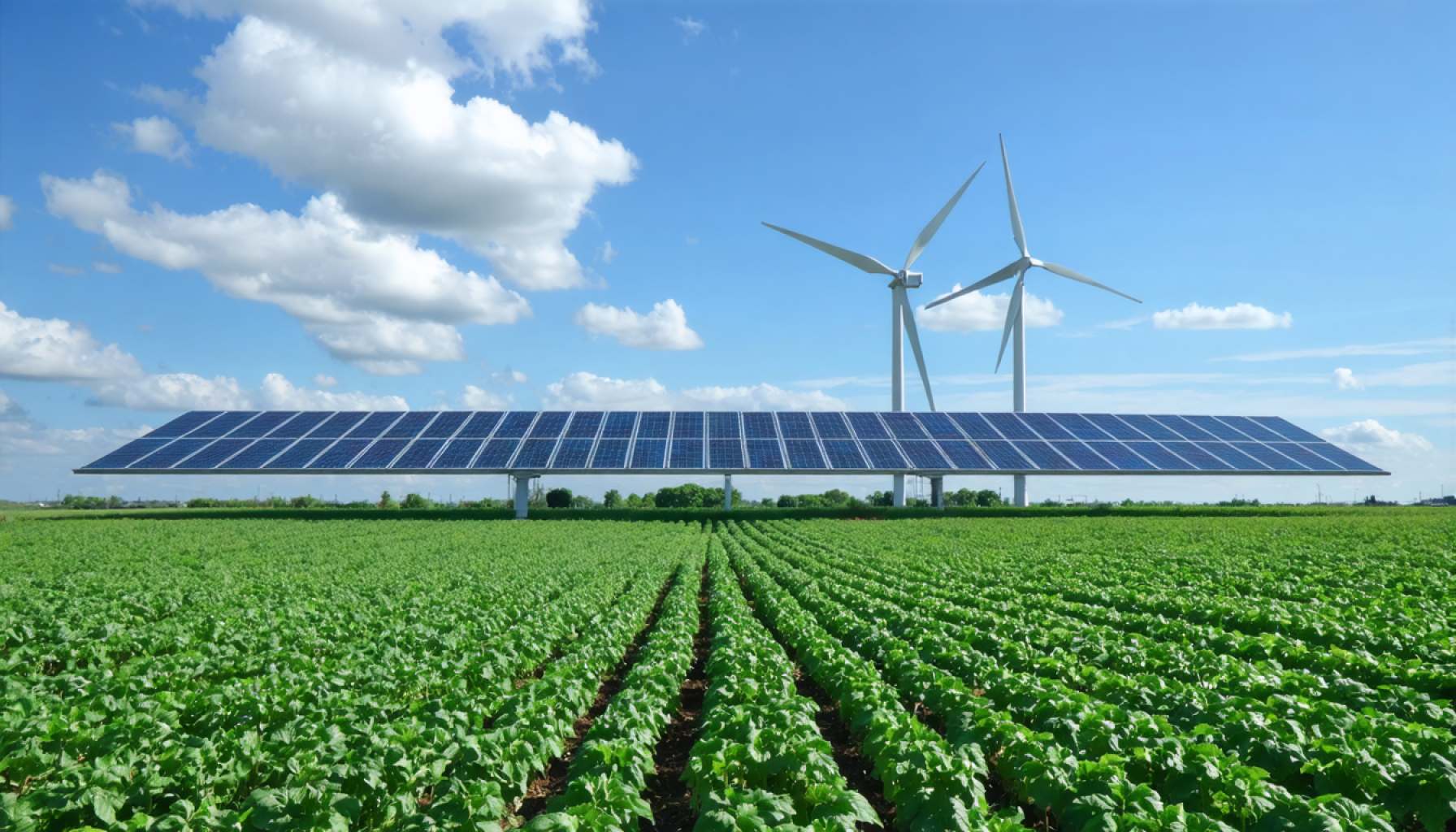- The US Energy Department proposes to eliminate its Office of Clean Energy Demonstrations, jeopardizing $9 billion in green initiatives.
- Projects involving carbon capture, solar advancements, and hydrogen technologies face uncertainty due to potential workforce and funding cuts.
- A proposed reduction in staff from 250 to 35 could significantly impact progress in the clean energy sector.
- Some hydrogen hub projects in regions like Texas and Appalachia may proceed, maintaining strategic support selectively.
- Donald Trump’s return influences a shift away from previous climate-focused policies, endangering projects like carbon capture and battery storage.
- This strategic shift prompts a reevaluation of America’s commitment to innovative and sustainable energy solutions.
The US Energy Department is stirring murmurs of discontent in the renewable energy sector with a bold proposal to eliminate its Office of Clean Energy Demonstrations, thrusting a potential $9 billion axe over pivotal green initiatives. As policy shifts threaten innovation, America’s clean energy revolution, forged since the dawn of the Biden administration’s ambitions and bipartisan infrastructure triumphs, may witness an unexpected reshuffling.
According to the proposal, which remains under consideration, the fate of projects championing carbon capture, direct air capture, solar advancements, and emerging hydrogen technologies hangs precariously. A surgical reduction in workforce from a robust 250 to a skeletal 35 could signal leaner times ahead, potentially curbing the momentum once fueled by robust legislative support. The ripple effects are poised to be felt across sectors, where thousands of jobs deemed “non-essential” face an uncertain future within the wider Department of Energy.
Enthusiasts of the much-anticipated hydrogen hubs may find some respite. Projects intended to catalyze clean hydrogen as a formidable energy alternative—fueling factories and powering plants with zero emissions—retain strategic support, albeit selectively. Regions like Texas and Appalachia might see these futuristic hubs rise from paper to reality, while other states’ dreams fade into the archives of lost potential.
The shadow of Donald Trump, returning to influence after his climate-skeptical tenure, looms large over this abrupt U-turn. Beyond hydrogen, the grim reaper looms over fledgling projects from carbon capture initiatives heralded for their planetary cooling prowess to battery storage solutions promising grid stability. Even Occidental Petroleum’s lauded air capture venture, set to redefine atmospheric carbon management, might not withstand the fiscal scythe.
As this narrative unfolds, stakeholders should brace for a recalibration of American energy aspirations. This strategic pivot forces a confrontational commentary on the value of progressive energy policy, urging a critical introspection on pathways toward sustainable innovation. In a world hungry for climate solutions, this moment is a poignant reminder: the future of energy is as volatile as it is visionary. Is America ready to choose?
U.S. Energy Department Revisions: A Closer Look at Potential Impacts on Clean Energy Projects
The recent proposal by the U.S. Energy Department to dismantle its Office of Clean Energy Demonstrations has sent ripples of concern through the renewable energy sector. Understanding the implications of this decision requires examining various facets, from industry trends to the socioeconomic impact on local communities and the broader climate agenda.
The Implications of Defunding Clean Energy Initiatives
Potential Impact on Carbon Capture and Direct Air Capture
Carbon capture and storage (CCS) technologies are designed to reduce atmospheric CO2 levels and are crucial in the fight against climate change. The funding withdrawal may delay the development and deployment of technologies like Occidental Petroleum’s air capture venture, which aims at large-scale atmospheric carbon reduction.
Expert Insight:
According to the International Energy Agency (IEA), carbon capture and storage could contribute up to 14% of the cumulative emissions reductions needed by 2050 to meet global climate goals (IEA). Slashing support for such technologies could increase long-term costs in mitigating climate change.
Path Forward for Hydrogen Projects
While most clean energy projects face uncertainty, hydrogen technologies retain selective government support. These “hydrogen hubs” are envisioned as crucial components for a zero-emission future, particularly in carbon-intensive regions like Texas and Appalachia.
Real-World Use Cases:
– Industrial Applications: Hydrogen can serve as a clean fuel for heavy industries and transportation sectors, traditionally difficult to decarbonize.
– Energy Storage: Hydrogen offers a solution for storing excess renewable energy, bridging the gap between supply and demand fluctuations.
Broader Economic and Employment Considerations
The proposed workforce reduction in the Energy Department from 250 to 35 employees signals potential job losses in renewable sectors nationally. This could slow innovation and inhibit the broader adoption of sustainable energy practices.
Market Forecast:
The clean energy sector is projected to grow significantly with or without government support. According to the U.S. Bureau of Labor Statistics, jobs in renewable energy and energy efficiency will continue to be among the fastest-growing occupations (U.S. BLS).
The Shadow of Policy Shifts and Political Influence
The specter of political shifts, possibly exacerbated by figures like former President Trump, casts uncertainty over the continuity of green initiatives. His administration’s climate-skeptical stance suggests future policy rollbacks could further stifle innovation.
Actionable Recommendations
1. Diversify Investments: Stakeholders should consider private investments and partnerships to supplement federal funding shortfalls.
2. Enhance Regional Collaborations: States poised to benefit from hydrogen projects should build coalitions to advocate for continued development.
3. Focus on Technological Innovations: Promoting advancement in energy storage and carbon capture technologies may yield competitive advantages in the global market.
Final Thoughts
The future of American clean energy is in a state of flux, influenced by evolving political landscapes and economic pressures. While the potential realignment poses challenges, it also opens avenues for innovation and alternative funding strategies. Stakeholders are urged to adapt swiftly to preserve momentum in renewable energy advancements.
Maintaining a forward-looking approach in renewable energy investment and policy will be crucial for ensuring that America’s energy future remains as promising as envisioned.
